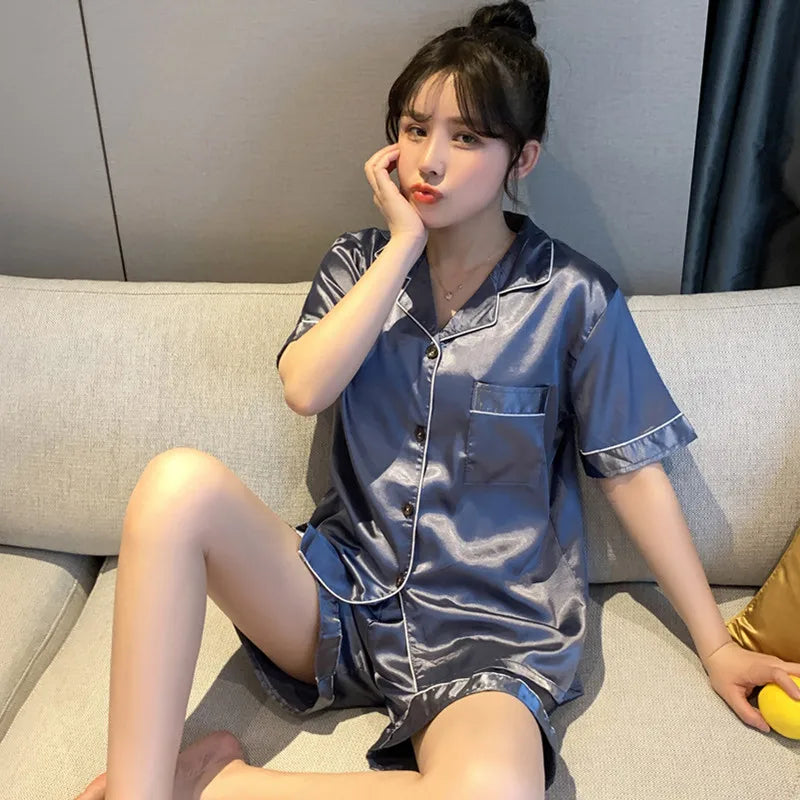How Many 0-3 Month Onesies Do You Really Need?
Table of Contents
- The Basics of Baby Clothing
- How Many 0-3 Month Onesies Do You Need?
- Factors Influencing Your Onesie Needs
- Types of Onesies to Consider
- Building a Versatile Baby Wardrobe
- Conclusion
When you’re expecting a little one, the excitement of shopping for adorable baby clothes can often lead to overwhelming questions: How many outfits do we really need? What sizes should we purchase? And, perhaps most pressing of all, how many 0-3 month onesies should we buy?
The truth is, while the cuteness factor of baby clothes is hard to resist, practical considerations must take center stage. With the rapid pace at which babies grow, understanding how many onesies are necessary for this fleeting stage can save you from a closet full of unworn outfits. This blog post aims to provide a detailed guide on the essentials of baby clothing, focusing specifically on the amount of 0-3 month onesies you should consider for your newborn.
In this comprehensive overview, we’ll cover key factors influencing your shopping decisions, the types of onesies available, and practical recommendations for building a functional wardrobe for your baby. By the end of this post, you’ll have a well-rounded understanding of your baby's clothing needs during the early months, helping you to strike the perfect balance between style and necessity.
The Basics of Baby Clothing
Understanding Clothing Sizes
Before we delve into the specifics of onesies, it's important to understand how baby clothing sizes generally work.
- Newborn Size: This size is typically designed for babies weighing up to 7-8 pounds. However, many babies outgrow this size within a few weeks.
- 0-3 Months Size: This size accommodates babies weighing between 8-12 pounds. It’s essential to note that individual growth rates can vary significantly.
Most babies will transition from newborn sizes to 0-3 month sizes quickly, often within the first month. Thus, while it's tempting to stock up on newborn outfits, we recommend focusing on 0-3 month onesies for practical reasons.
The Importance of Comfort and Fabric Quality
At Relaxed Nights, we pride ourselves on offering premium nightwear crafted from soft, breathable fabrics. Choosing the right material for your baby's clothing is just as crucial. Babies have sensitive skin, and the comfort of the fabric is paramount.
- Organic Cotton: This is an excellent choice for your baby's onesies as it is gentle on the skin and free from harmful chemicals.
- Bamboo Fabric: Another great option that offers breathability and softness, making it suitable for your little one’s delicate skin.
When selecting 0-3 month onesies, look for gentle fabrics that prioritize comfort.
The Role of Onesies in Baby Wardrobes
Onesies, often referred to as bodysuits, are a staple in any baby’s wardrobe. They provide versatility, comfort, and ease of dressing, making them ideal for everyday wear.
- Ease of Use: Onesies are designed to be easy to put on and take off, which is essential for those frequent diaper changes in the early months.
- Layering Options: They can be worn alone in warmer weather or layered under other clothing in cooler temperatures.
Given their practicality, it’s vital to determine how many of these essential pieces you will need in the 0-3 month range.
How Many 0-3 Month Onesies Do You Need?
Daily Outfit Changes
During the first few months, it is common for babies to require multiple outfit changes per day due to spit-ups, diaper leaks, or other messes. On average, you can expect to change your baby’s outfit 2-3 times a day. Therefore, having enough onesies on hand is essential to manage these daily challenges.
Recommended Quantity
Based on the average usage, we recommend having 14 to 20 0-3 month onesies. This quantity allows for:
- Daily Changes: Two outfit changes per day would require at least 14 onesies for a week’s worth of use.
- Laundry Considerations: If you plan to do laundry every 3-4 days, having additional onesies ensures you won’t run out during this busy time.
Practical Considerations
- Growth Rate: Babies grow rapidly, and many will outgrow the 0-3 month size before you know it. Thus, it’s wise to avoid overstocking in this size.
- Accidents and Spills: Newborns are prone to messes; having a few extra onesies can save you from running to the laundry every day.
- Laundry Routine: If you plan to do laundry less frequently, consider stretching your inventory to accommodate longer intervals between washes.
Factors Influencing Your Onesie Needs
Season and Climate
The season in which your baby is born can significantly influence your clothing choices.
- Summer Birth: If your baby is born during warmer months, opt for short-sleeve or sleeveless onesies made from lightweight fabrics.
- Winter Birth: In colder months, long-sleeve onesies paired with cozy layers can keep your baby warm and comfortable.
Lifestyle
Consider your lifestyle and how often you plan to do laundry. If you enjoy doing laundry frequently, you might not need as many onesies. Conversely, if laundry is less frequent, having a larger wardrobe will keep you prepared.
Baby’s Individual Growth
Every baby grows at their own pace. Some may quickly outgrow 0-3 month clothing, while others may remain in it longer. Monitor your baby’s growth and adjust your clothing inventory accordingly.
Types of Onesies to Consider
When shopping for onesies, it’s essential to understand the different styles available to best suit your baby's needs.
1. Short-Sleeve vs. Long-Sleeve
- Short-Sleeve Onesies: Ideal for warmer weather or for wearing under other clothing. Great for layering in summer.
- Long-Sleeve Onesies: Perfect for cooler months, providing additional warmth and protection for your baby's arms.
2. Envelope vs. Kimono Style
- Envelope Neck Onesies: Feature a wide neck that can easily be pulled down over the baby's body, making changes effortless, especially if there’s a mess.
- Kimono Style Onesies: Wrap style that allows for easy dressing without disturbing the umbilical cord stump, ideal for newborns.
3. Onesies with Integrated Mittens
These onesies come with fold-over flaps to cover tiny hands, preventing scratches and keeping little fingers warm. They’re especially handy for newborns who haven’t yet mastered hand movements.
4. Footed Onesies
These provide extra warmth and comfort by covering the feet, making them an excellent choice for chilly nights.
Building a Versatile Baby Wardrobe
To create a practical and stylish wardrobe for your baby, consider including the following items in addition to your collection of 0-3 month onesies:
- Footed Pajamas: Cozy and ideal for sleep, they can be worn alone or layered.
- Sleep Sacks: A safe and comfortable alternative to loose blankets during sleep time.
- Bibs: Essential for catching drool and spills, especially as your baby begins to explore feeding.
- Hats and Socks: Keep your baby warm and comfortable, especially in cooler weather.
By combining these essential pieces with your collection of onesies, you'll be well-prepared for your baby’s first few months.
Conclusion
As you prepare for your little one's arrival, understanding how many 0-3 month onesies to buy can help simplify your shopping experience. By planning for approximately 14 to 20 onesies, considering your baby’s growth rate, and being mindful of seasonal needs, you’ll create a functional and stylish wardrobe that balances practicality and comfort.
Investing in high-quality onesies made from soft, breathable materials will ensure your baby is both comfortable and adorable as they embark on this new chapter. Remember, at Relaxed Nights, we share this commitment to quality and comfort in our premium nightwear collection, helping you embrace elegance and ease in every aspect of your life—day or night.
FAQ Section
1. How many onesies should I bring to the hospital?
It's advisable to bring at least 2-3 onesies to the hospital, along with other essentials like sleepers and hats.
2. Should I wait until my baby is born to buy clothes?
While you can certainly buy some essentials beforehand, waiting until your baby arrives can help you better understand their size and preferences.
3. How often should I change my baby’s outfit?
It is typical to change your baby’s outfit 2-3 times a day due to spills, diaper changes, and other accidents.
4. Can I use 0-3 month onesies for a newborn?
Yes, many newborns will fit into 0-3 month onesies, as they accommodate a wider range of weights. It’s best to have a mix of both sizes.
5. What materials are best for baby onesies?
Choose soft, breathable fabrics like organic cotton or bamboo, which are gentle on a baby’s delicate skin.
By keeping these points in mind, you can ensure that your baby's wardrobe is both practical and delightful—allowing you to enjoy the precious early months without unnecessary stress.



